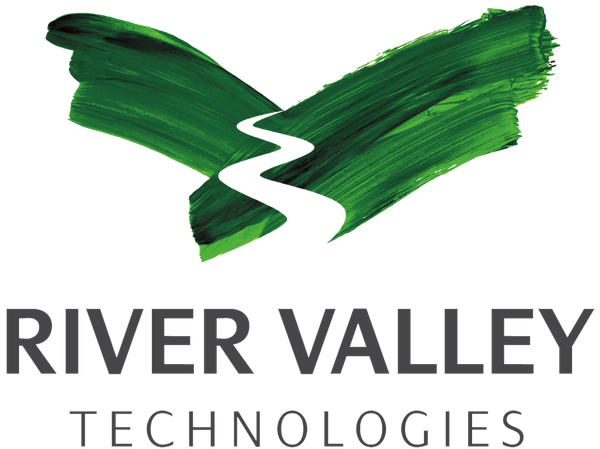
|
|
||||||
“There are three kinds of people: Those that can count, and those that can’t.”
METAFONT is an algebraic programming language for describing the shapes of letters, designed and implemented by Knuth as part of the original TeX typesetting system. It was one of the earliest digital type design systems, and is completely capable of dealing with the letters of any writing system, has always been freely available, and is remarkably powerful. Yet it never caught on with type designers.
The idea of software freedom has not caught on with many type designers either. Although the free software movement has produced a massive amount of high quality programs, there are few fonts and fewer original type designs although there are some, with many available on CTAN.
Psychologists since Jung have suggested that human personality can be classified into ‘types.’ In “Please Understand Me II” David Keirsey relates 20th century theories of personality to the four humours proposed by Hippocrates and personified by the Greek gods Dionysus, Apollo, Prometheus, and Epimethius.
Do type designers tend to be of a certain humour? Is the inherently abstract METAFONT approach of describing shapes with algebra, or the rational appeal of software freedom, unintuitive for that temperament? Are people who do find free software and algebra intuitive involved in type design?
This presentation introduces the discipline of type design, reviews some of the fonts currently distributed in CTAN and explains their various origins. It draws attention to how they have been developed: The stroke — based METAFONT approach, involving writing source code, is starkly different to the typical outline — based ‘Fontographer’ approach, where letter shapes are visually and interactively designed. It suggests the technical benefits and drawbacks of each approach, and why some people prefer one approach over another.
Finally, it covers some tips and tricks for those contributing more free fonts to the TeX world, including some of the legal issues, where and how to source revivals, how to create new designs, and finally, how METAFONT might be modernised in a hybrid stroke/outline system to suit every personality.
Dave Crossland is an international public speaker on software freedom and fonts, runs a small business doing type design, information design and free software consultancy projects, and is a member of the UKTUG Committee. He is currently undertaking the MA Typeface Design programme at the University of Reading’s Department of Typography.


